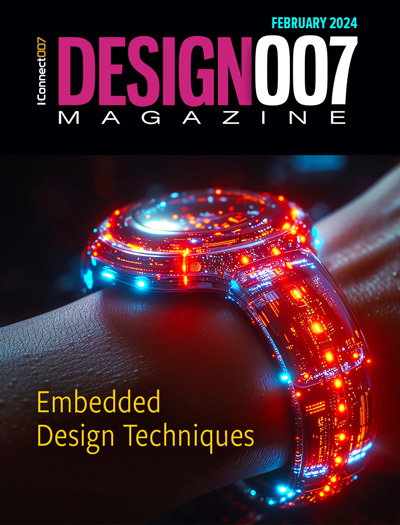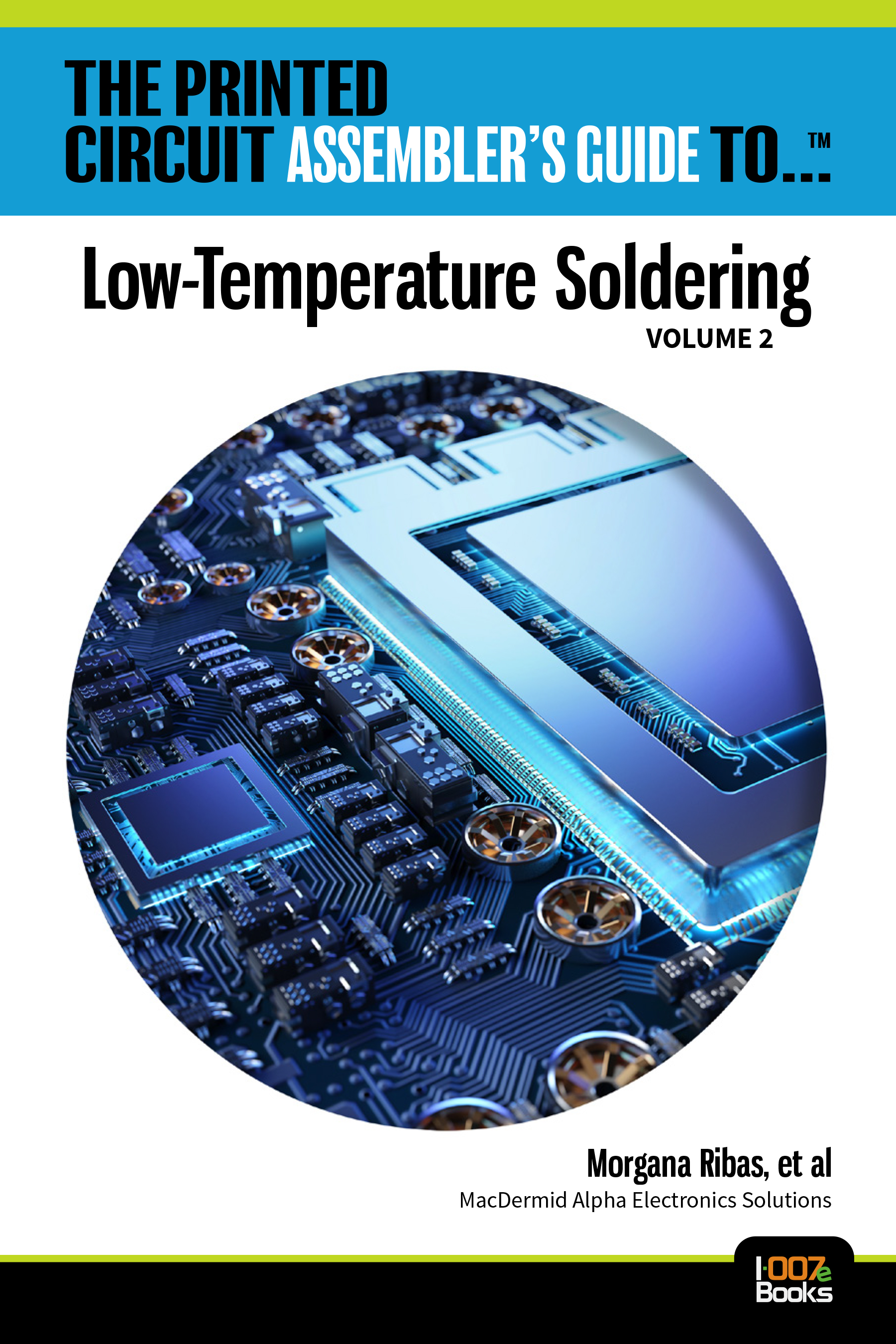-

- News
- Books
Featured Books
- design007 Magazine
Latest Issues
Current Issue
Level Up Your Design Skills
This month, our contributors discuss the PCB design classes available at IPC APEX EXPO 2024. As they explain, these courses cover everything from the basics of design through avoiding over-constraining high-speed boards, and so much more!

Opportunities and Challenges
In this issue, our expert contributors discuss the many opportunities and challenges in the PCB design community, and what can be done to grow the numbers of PCB designers—and design instructors.

Embedded Design Techniques
Our expert contributors provide the knowledge this month that designers need to be aware of to make intelligent, educated decisions about embedded design. Many design and manufacturing hurdles can trip up designers who are new to this technology.
- Articles
- Columns
Search Console
- Links
- Events
||| MENU - design007 Magazine
Digital Transformation
Column from: Team Siemens
David Wiens:
Over the past 35+ years, David Wiens has held various engineering, marketing and management positions within the EDA industry. His focus areas have included advanced packaging, high-speed design, routing technology and integrated systems design. He is currently the product manager for the Xpedition Enterprise portfolio of products for electronics systems design. He holds a B.S. in computer science degree from the University of Kansas.
AJ Incorvaia is senior vice president, Electronic Board Systems Division, Siemens Digital Industries Software.
Steph Chavez is senior printed circuit engineer with three decades’ experience. In his current role as a senior product marketing manager with Siemens EDA, his focus is on developing methodologies that assist customers in adopting a strategy for resilience and integrating the design-to-source intelligence insights from supply frame into design for resilience. He is an IPC Certified Master Instructor Trainer (MIT) for PCB design, an IPC Certified Advanced PCB Designer (CID+), and a Certified Printed Circuit Designer (CPCD). He is chairman of the Printed Circuit Engineering Association (PCEA).


